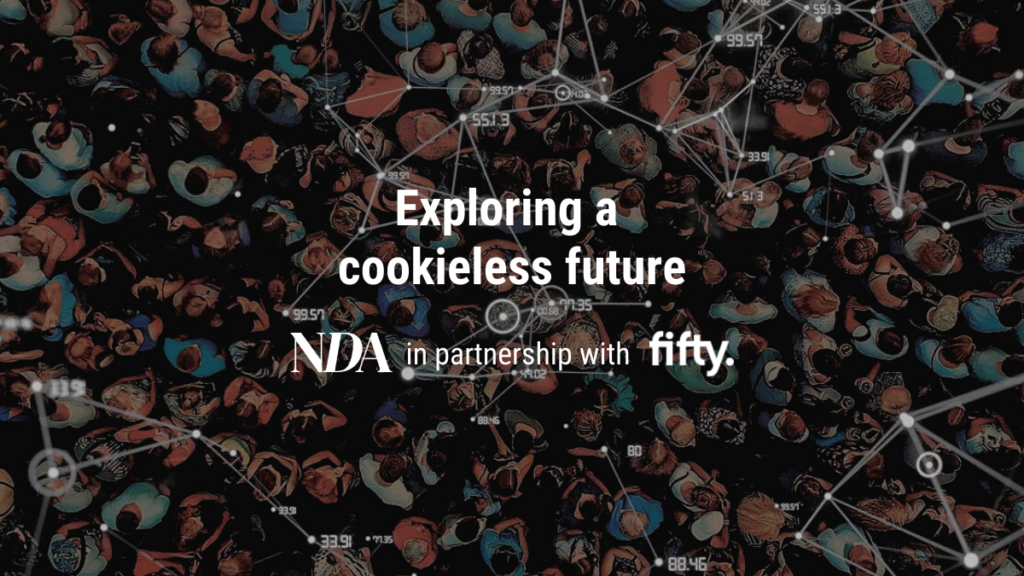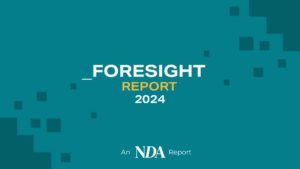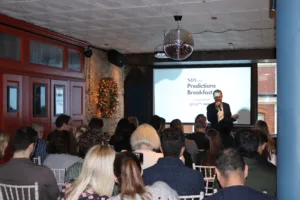NDA has partnered with Fifty on a series of articles exploring the cookieless future of marketing to find out how advertisers can prepare.
Professional marketers are dealing with a lot of uncertainty right now. New data privacy laws continue to be introduced across the globe, while tech giants (such as Google and Apple) are further restricting the use of personal data for marketing purposes. As a result, many of the traditional methods currently used to track and target individual customers online need to be abandoned.
The clear direction of travel is towards less tracking of individuals and less use of personal data (obtained via cookies and mobile IDs) to target, optimise and measure advertising campaigns. Future-facing marketers should reject the lazy, intrusive and inaccurate digital marketing practices of the recent past. Instead, they should embrace the opportunity to truly understand their target audiences and their ever-evolving interests in a privacy-compliant way.
Post-COVID-19, we are living in unprecedented times, yet many marketers are still making decisions and assigning budgets based on data and assumptions that are now seriously out-of-date. Consumers have altered their ‘normal’ behaviour in countless obvious and not-so-obvious ways and, in many cases, those behaviours remain in flux. To make matters even more complicated for marketers, the interests of any audience are fluid and evolve at a unique frequency among different groups of people.
Against this complex backdrop, traditional methods of understanding your target audiences are no longer up to the job. For example, the findings of a focus group or questionnaire provide only a snapshot of opinion, frozen in time, that degrades quickly in terms of its usefulness. Likewise, techniques based on cookies, personal IDs or contextual tactics capture and track expected behaviours only, based on the flawed assumption that your audience will replicate its past behaviours again in the future.
While there is a core of relatively unchanging preference among audiences, tracking developing views and behaviours provides an untapped advantage for marketers which static audience targeting methodologies are unable to deliver. So, how can we do it?
The truth is out there (via social data)
Using public domain, privacy-compliant social data, it is possible to understand the audience ‘tribes’ that exist within it, as well as the way they interconnect and form communities around certain topics. This type of analysis allows you to identify the motivations of specific target audiences, and then create a map of where they can be found across the web at any given time.
By focusing on people rather than digital identifiers, brands often find that an audience they had previously been addressing as a singular homogenous group, can be further broken down into subgroups that weren’t apparent or intuitive to start with.
At my own company, Fifty, we use social data to identify and activate target audiences for brands, including those you wouldn’t traditionally find in third-party taxonomies. We can outline the messaging most relevant to that group before a single piece of creative has been developed. We can see the products and topics your target customers are discussing right now and even dynamically insert them into your campaign creative. Social insights can also be leveraged by marketers much further upstream to inform internal discussions around product developments, new markets or social purpose.
Using social data in this way not only illuminates the true (rather than estimated) preferences of a particular audience, but it also allows you to track changes in preference on a day-by-day basis. Whether that’s a change in public attitude towards a brand, topic or person, it can be uncovered in real-time and used to automatically optimise the effectiveness of your advertising campaigns.
It’s time for brand marketers to stop living in the past and start understanding target audiences and their evolving interests in the here and now.
To find out how Fifty could help your brand unlock the power of social data, book a demo with our team today.









